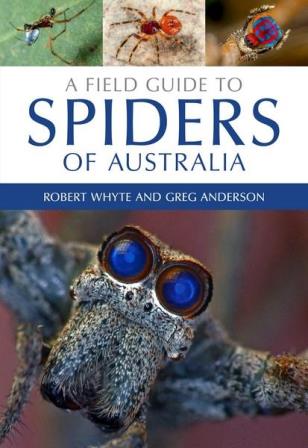 A field Guide to Spiders of Australia
A field Guide to Spiders of Australia
Zoology
CSIRO Publishing
2017
464
9780643107090
excellent colour photographs
mixed index, including subjects, botanical names and common names

Australians have a love–hate relationship with spiders. Some spiders, such as the Redback and the Sydney Funnelweb, inspire fear. Yet Peacock Spiders, with their colourful fan-spreading courtship dances, have won rapturous appreciation worldwide.
A Field Guide to Spiders of Australia uses photographs of living animals to help people identify many of the spiders they encounter. Featuring over 1300 colour photographs, it is the most comprehensive account of Australian spiders ever published.
With more than two-thirds of Australian spiders yet to be scientifically described, this book sets the scene for future explorations of our extraordinary Australian fauna. This field guide will be enjoyed by naturalists and anyone with an interest in learning more about Australia’s incredible arachnids.
Website
The authors, Robert White and Greg Anderson, also have a website where many of the images can be seen online.
Link:arachne.org.au

